The Global Autonomous Last Mile Delivery Robot Market is currently characterized by a dynamic competitive landscape, driven by technological advancements and increasing demand for efficient delivery solutions. Key players such as Starship Technologies (EE), Nuro (US), and Amazon Robotics (US) are at the forefront, each adopting distinct strategies to enhance their market positioning. Starship Technologies (EE) focuses on expanding its operational footprint in urban areas, leveraging partnerships with local businesses to facilitate last-mile deliveries. Nuro (US), on the other hand, emphasizes innovation in autonomous vehicle technology, aiming to improve safety and efficiency in delivery operations. Amazon Robotics (US) integrates its delivery robots within its extensive logistics network, enhancing operational efficiency and customer satisfaction. Collectively, these strategies contribute to a competitive environment that is increasingly centered around technological innovation and strategic partnerships.
In terms of business tactics, companies are increasingly localizing manufacturing and optimizing supply chains to enhance responsiveness to market demands. The market structure appears moderately fragmented, with several players vying for market share while also collaborating through strategic alliances. This collective influence of key players fosters a competitive atmosphere that encourages innovation and efficiency, ultimately benefiting consumers.
In August 2025, Nuro (US) announced a partnership with a major grocery chain to expand its delivery services in suburban areas. This strategic move is significant as it not only broadens Nuro's operational reach but also aligns with the growing consumer preference for contactless delivery options. By collaborating with established retailers, Nuro enhances its service offerings while simultaneously addressing logistical challenges in last-mile delivery.
In September 2025, Amazon Robotics (US) unveiled a new generation of delivery robots designed to navigate complex urban environments more effectively. This development is crucial as it reflects Amazon's commitment to maintaining its competitive edge through continuous innovation. The enhanced capabilities of these robots are likely to improve delivery times and customer satisfaction, reinforcing Amazon's position as a leader in the autonomous delivery space.
In July 2025, Starship Technologies (EE) launched a pilot program in partnership with a university campus, allowing students to utilize delivery robots for food and essentials. This initiative not only serves as a testing ground for Starship's technology but also positions the company as a pioneer in integrating autonomous delivery solutions within community settings. The feedback from this pilot could inform future expansions and operational adjustments.
As of October 2025, the competitive trends in The Global Autonomous Last Mile Delivery Robot Market are increasingly defined by digitalization, sustainability, and the integration of artificial intelligence. Strategic alliances are becoming more prevalent, as companies recognize the value of collaboration in enhancing technological capabilities and market reach. Looking ahead, competitive differentiation is likely to evolve from traditional price-based competition to a focus on innovation, technological advancements, and supply chain reliability, suggesting a transformative shift in how companies approach market challenges.


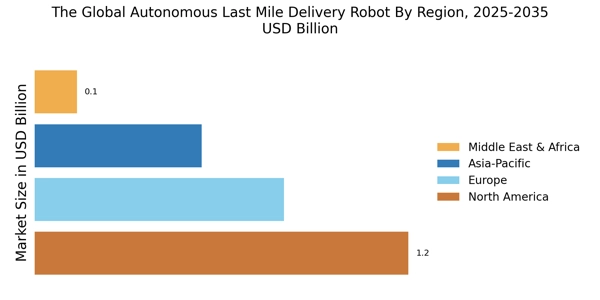
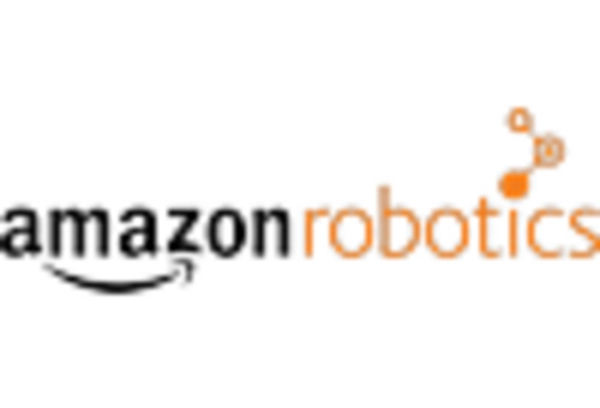
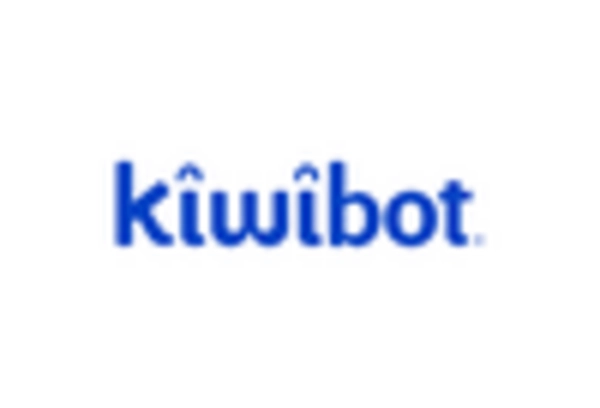
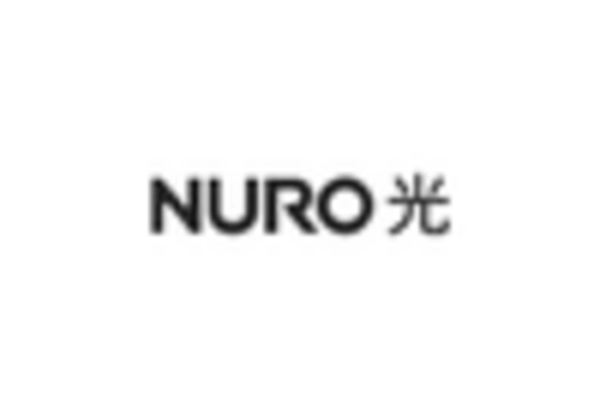


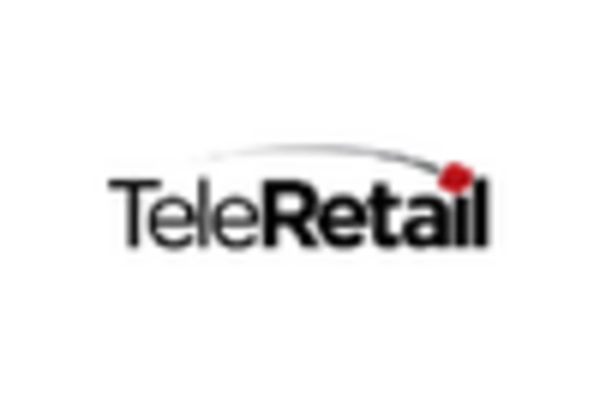








Leave a Comment